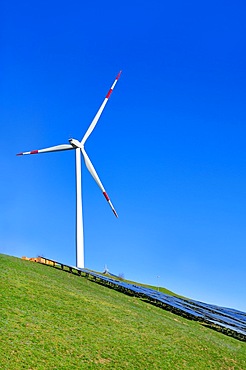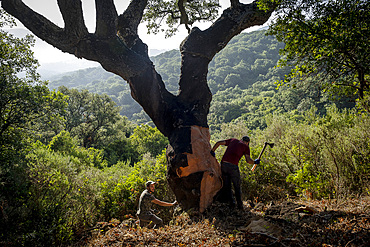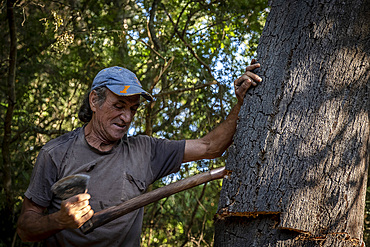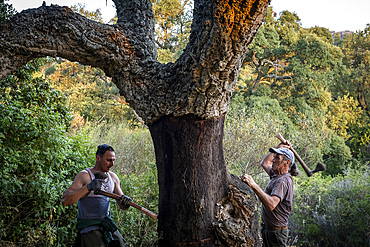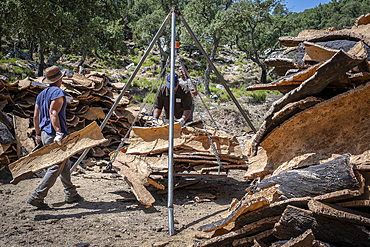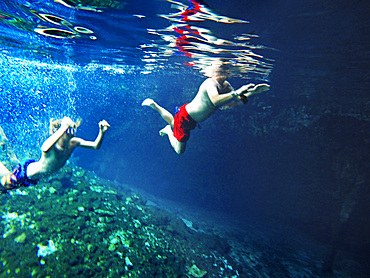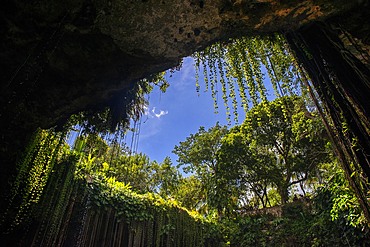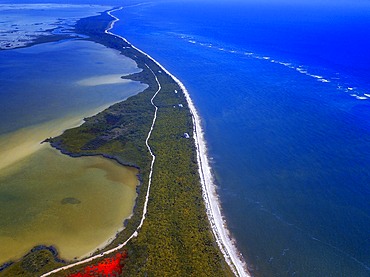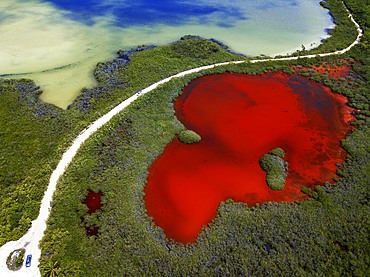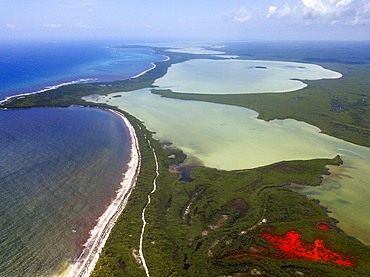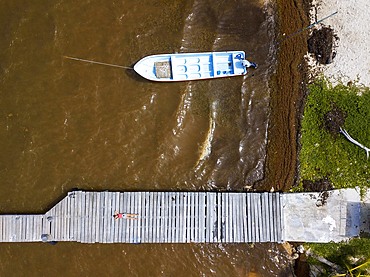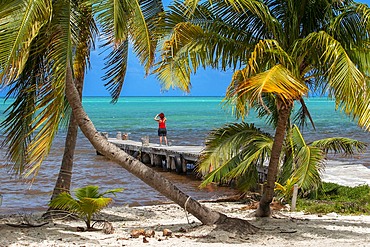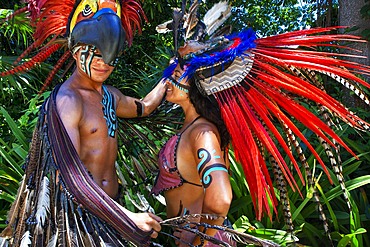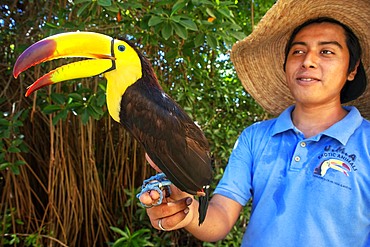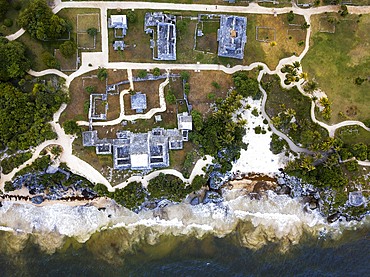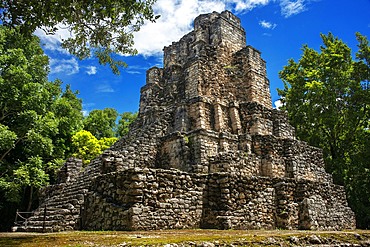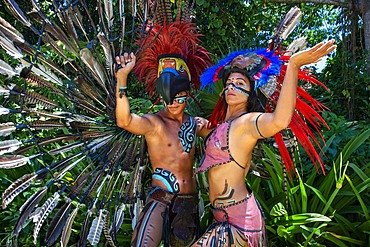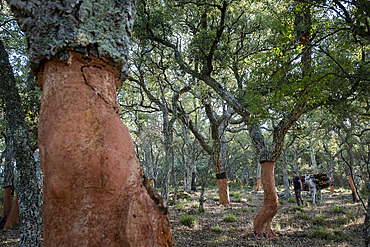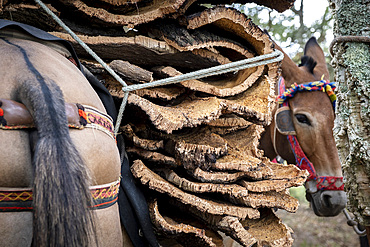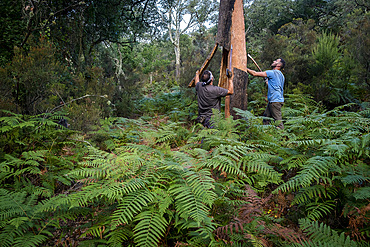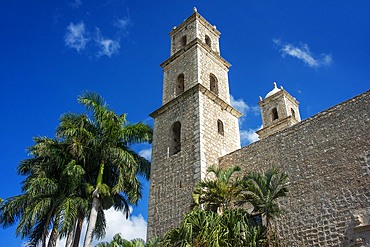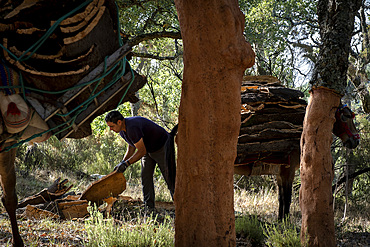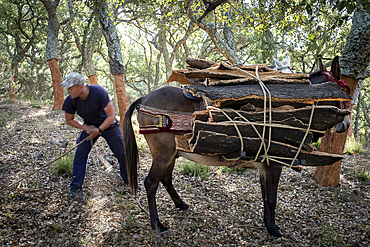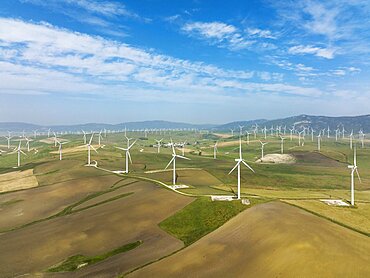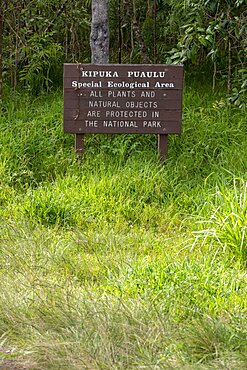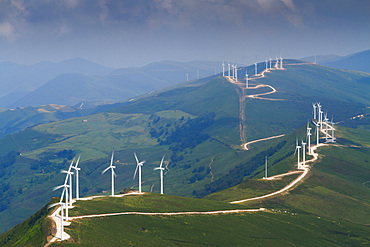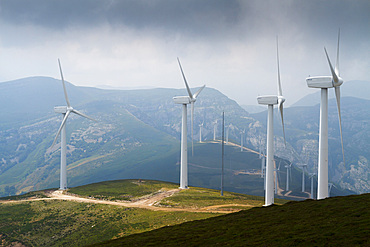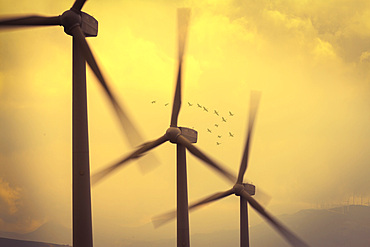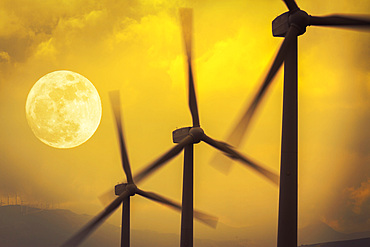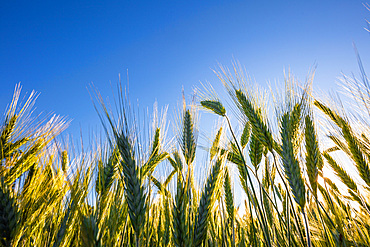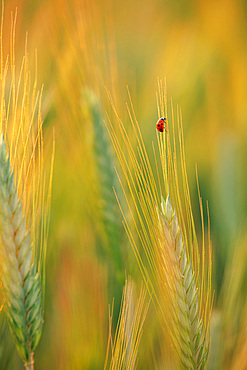Recent searches
Loading...
832-403608 - White asphalt bike lane with directional sign
832-403828 - Rear view girl riding push scooters road
832-403766 - Recycle bucket with plastic bottles white background
832-403114 - Plastic waste empty bottle sand beach
832-401549 - Trendy young blond woman in leather jacket standing at her e-scooter booking a ride, ecological transportation concept with copy space
832-401545 - Young woman with electric kick scooter in the street of the city, looking at her phone and smiling. Public transportation renting service, modern urban ecological zero emission transport concept
832-400325 - Muslim young attractive gardener at work, take care of green plants, working in retro garden shop
832-399639 - Renewable wind and solar energy. Wind turbine next to photovoltaic system on hill
832-399654 - Polar bear standing on small island surrounded by water. Climate change concept. Generative AI
832-398448 - casual male posing with electric scooter
832-398431 - ecological concept with plastic waste. High resolution photo
1350-6475 - Cork collecting Natural Park Los Alcornocales Cortes de la Frontera Andalusia Malaga Spain
1350-6474 - Cork collecting Natural Park Los Alcornocales Cortes de la Frontera Andalusia Malaga Spain
1350-6473 - Cork collecting Natural Park Los Alcornocales Cortes de la Frontera Andalusia Malaga Spain
1350-6471 - Cork collecting Natural Park Los Alcornocales Cortes de la Frontera Andalusia Malaga Spain
1350-6472 - Cork collecting Natural Park Los Alcornocales Cortes de la Frontera Andalusia Malaga Spain
1350-6470 - Cork collecting Natural Park Los Alcornocales Cortes de la Frontera Andalusia Malaga Spain
1350-6469 - Cork collecting Natural Park Los Alcornocales Cortes de la Frontera Andalusia Malaga Spain
1350-6636 - Aerial view of Mayan Ruin of Chichen Itza Archaeological Site Yucatan Peninsula, Quintana Roo, Caribbean Coast, Mexico
1350-6635 - Aerial view of Mayan Ruin of Chichen Itza Archaeological Site Yucatan Peninsula, Quintana Roo, Caribbean Coast, Mexico
1350-6630 - Swimming at Cenote Ik Kil in Yucatan, Mexico, a natural pit, or sinkhole near Chichen Itza. Yucatan Peninsula, Quintana Roo, Mexico. Ik Kil was sacred to the Mayans who used this cenote for both relaxation and ritual services centuries ago.
1350-6633 - Gran Cenote de Tulum in Yucatan Peninsula, Quintana Roo, Mexico. There are thousands of cenotes dotted all over Mexico���s Yucatan Peninsula, and their existence is as much a defining characteristic of the region as is the distinct geological feature from which they result. Once revered by the ancient Mayans as sacred wells, they are now magnets for tourists, adventurers, and explorers alike.
1350-6628 - Cenote Ik Kil in Yucatan, Mexico, a natural pit, or sinkhole near Chichen Itza. Yucatan Peninsula, Quintana Roo, Mexico. Ik Kil was sacred to the Mayans who used this cenote for both relaxation and ritual services centuries ago.
1350-6627 - Aerial view of Punta Allen Sian Ka'an Reserve, Yucatan Peninsula, Mexico. Red lagoon near Boca Paila Bridge.
In the language of the Mayan peoples who once inhabited this region, Sian Ka'an means Origin of the Sky. Located on the east coast of the Yucatán peninsula, this biosphere reserve contains tropical forests, mangroves and marshes, as well as a large marine section intersected by a barrier reef. It provides a habitat for a remarkably rich flora and a fauna comprising more than 300 species of birds, as well as a large number of the region's characteristic terrestrial vertebrates, which cohabit in the diverse environment formed by its complex hydrological system.
Along its roughly 120 kilometres of coastline, the property covers over 400,000 hectares of land ranging from sea level to only ten m.a.s.l. The property boasts diverse tropical forests, palm savannah, one of the most pristine wetlands in the region, lagoons, extensive mangrove stands, as well as sandy beaches and dunes. The 120,000 hectares of marine area protect a valuable part of the Mesoamerican Barrier Reef and seagrass beds in the shallow bays. The lush green of the forests and the many shades of blue of the lagoons and the Caribbean Sea under a wide sky offer fascinating visual impressions.
1350-6623 - Aerial view of Punta Allen Sian Ka'an Reserve, Yucatan Peninsula, Mexico. Red lagoon near Boca Paila Bridge.
In the language of the Mayan peoples who once inhabited this region, Sian Ka'an means Origin of the Sky. Located on the east coast of the Yucatán peninsula, this biosphere reserve contains tropical forests, mangroves and marshes, as well as a large marine section intersected by a barrier reef. It provides a habitat for a remarkably rich flora and a fauna comprising more than 300 species of birds, as well as a large number of the region's characteristic terrestrial vertebrates, which cohabit in the diverse environment formed by its complex hydrological system.
Along its roughly 120 kilometres of coastline, the property covers over 400,000 hectares of land ranging from sea level to only ten m.a.s.l. The property boasts diverse tropical forests, palm savannah, one of the most pristine wetlands in the region, lagoons, extensive mangrove stands, as well as sandy beaches and dunes. The 120,000 hectares of marine area protect a valuable part of the Mesoamerican Barrier Reef and seagrass beds in the shallow bays. The lush green of the forests and the many shades of blue of the lagoons and the Caribbean Sea under a wide sky offer fascinating visual impressions.
1350-6625 - Aerial view of Punta Allen Sian Ka'an Reserve, Yucatan Peninsula, Mexico. Red lagoon near Boca Paila Bridge.
In the language of the Mayan peoples who once inhabited this region, Sian Ka'an means Origin of the Sky. Located on the east coast of the Yucatán peninsula, this biosphere reserve contains tropical forests, mangroves and marshes, as well as a large marine section intersected by a barrier reef. It provides a habitat for a remarkably rich flora and a fauna comprising more than 300 species of birds, as well as a large number of the region's characteristic terrestrial vertebrates, which cohabit in the diverse environment formed by its complex hydrological system.
Along its roughly 120 kilometres of coastline, the property covers over 400,000 hectares of land ranging from sea level to only ten m.a.s.l. The property boasts diverse tropical forests, palm savannah, one of the most pristine wetlands in the region, lagoons, extensive mangrove stands, as well as sandy beaches and dunes. The 120,000 hectares of marine area protect a valuable part of the Mesoamerican Barrier Reef and seagrass beds in the shallow bays. The lush green of the forests and the many shades of blue of the lagoons and the Caribbean Sea under a wide sky offer fascinating visual impressions.
1350-6620 - Aerial view of Punta Allen Sian Ka'an Reserve, Yucatan Peninsula, Mexico. Red lagoon near Boca Paila Bridge.
In the language of the Mayan peoples who once inhabited this region, Sian Ka'an means Origin of the Sky. Located on the east coast of the Yucatán peninsula, this biosphere reserve contains tropical forests, mangroves and marshes, as well as a large marine section intersected by a barrier reef. It provides a habitat for a remarkably rich flora and a fauna comprising more than 300 species of birds, as well as a large number of the region's characteristic terrestrial vertebrates, which cohabit in the diverse environment formed by its complex hydrological system.
Along its roughly 120 kilometres of coastline, the property covers over 400,000 hectares of land ranging from sea level to only ten m.a.s.l. The property boasts diverse tropical forests, palm savannah, one of the most pristine wetlands in the region, lagoons, extensive mangrove stands, as well as sandy beaches and dunes. The 120,000 hectares of marine area protect a valuable part of the Mesoamerican Barrier Reef and seagrass beds in the shallow bays. The lush green of the forests and the many shades of blue of the lagoons and the Caribbean Sea under a wide sky offer fascinating visual impressions.
1350-6616 - Aerial view of Punta Allen Sian Ka'an Reserve, Yucatan Peninsula, Mexico.
In the language of the Mayan peoples who once inhabited this region, Sian Ka'an means Origin of the Sky. Located on the east coast of the Yucatán peninsula, this biosphere reserve contains tropical forests, mangroves and marshes, as well as a large marine section intersected by a barrier reef. It provides a habitat for a remarkably rich flora and a fauna comprising more than 300 species of birds, as well as a large number of the region's characteristic terrestrial vertebrates, which cohabit in the diverse environment formed by its complex hydrological system.
Along its roughly 120 kilometres of coastline, the property covers over 400,000 hectares of land ranging from sea level to only ten m.a.s.l. The property boasts diverse tropical forests, palm savannah, one of the most pristine wetlands in the region, lagoons, extensive mangrove stands, as well as sandy beaches and dunes. The 120,000 hectares of marine area protect a valuable part of the Mesoamerican Barrier Reef and seagrass beds in the shallow bays. The lush green of the forests and the many shades of blue of the lagoons and the Caribbean Sea under a wide sky offer fascinating visual impressions.
1350-6615 - Palms and old pier in Punta Allen Sian Ka'an Reserve, Yucatan Peninsula, Mexico.
In the language of the Mayan peoples who once inhabited this region, Sian Ka'an means Origin of the Sky. Located on the east coast of the Yucatán peninsula, this biosphere reserve contains tropical forests, mangroves and marshes, as well as a large marine section intersected by a barrier reef. It provides a habitat for a remarkably rich flora and a fauna comprising more than 300 species of birds, as well as a large number of the region's characteristic terrestrial vertebrates, which cohabit in the diverse environment formed by its complex hydrological system.
Along its roughly 120 kilometres of coastline, the property covers over 400,000 hectares of land ranging from sea level to only ten m.a.s.l. The property boasts diverse tropical forests, palm savannah, one of the most pristine wetlands in the region, lagoons, extensive mangrove stands, as well as sandy beaches and dunes. The 120,000 hectares of marine area protect a valuable part of the Mesoamerican Barrier Reef and seagrass beds in the shallow bays. The lush green of the forests and the many shades of blue of the lagoons and the Caribbean Sea under a wide sky offer fascinating visual impressions.
1350-6611 - Underwater close up view of open coral polyp during a dive, Cancun, Quintana Roo, Mexico
1350-6608 - Mexican aztec dress gods at Grand Palladium White Sand Resort and Spa in Riviera Maya, Yucatan Peninsula, Quintana Roo, Caribbean Coast, Mexico.
Aztec clothing was generally loose fitting and did not completely cover the body. When the Spanish arrived in Mexico, the people were surprised to see them in their full armour, with only their faces exposed.
Aztec clothes were generally made of cotton (which was imported) or ayate fiber, made from the Maguey Cactus (also called the Century Plant or American Aloe). Women would weave the fibers into clothing, a task girls were taught as young teenagers. Because of their vast trading network, the Aztecs were able to make use of a beautiful array of dyes, creating the brilliant
1350-6609 - Kayakking in front of the beach of Grand Palladium White Sand Resort and Spa in Riviera Maya, Yucatan Peninsula, Quintana Roo, Caribbean Coast, Mexico
1350-6606 - A Mexican staff member holds a tucan at Grand Palladium White Sand Resort and Spa in Riviera Maya, Yucatan Peninsula, Quintana Roo, Caribbean Coast, Mexico
1350-6602 - Aerial view of Grand Palladium White Sand Resort and Spa in Riviera Maya, Yucatan Peninsula, Quintana Roo, Caribbean Coast, Mexico
1350-6597 - Aerial views of El Castillo and the Ruins of the Mayan temple grounds at Tulum, Quintana Roo, Yucatan, Mexico. Tulum is the site of a pre-Columbian Mayan walled city which served as a major port for Coba, in the Mexican state of Quintana Roo. The ruins are situated on 12 meter 39 ft tall cliffs along the east coast of the Yucatán Peninsula on the Caribbean Sea in the state of Quintana Roo, Mexico. Tulum was one of the last cities built and inhabited by the Maya; it was at its height between the 13th and 15th centuries and managed to survive about 70 years after the Spanish began occupying Mexico. Old World diseases brought by the Spanish settlers appear to have resulted in very high fatalities, disrupting the society, and eventually causing the city to be abandoned.
1350-6599 - Aerial views of El Castillo and the Ruins of the Mayan temple grounds at Tulum, Quintana Roo, Yucatan, Mexico. Tulum is the site of a pre-Columbian Mayan walled city which served as a major port for Coba, in the Mexican state of Quintana Roo. The ruins are situated on 12 meter 39 ft tall cliffs along the east coast of the Yucatán Peninsula on the Caribbean Sea in the state of Quintana Roo, Mexico. Tulum was one of the last cities built and inhabited by the Maya; it was at its height between the 13th and 15th centuries and managed to survive about 70 years after the Spanish began occupying Mexico. Old World diseases brought by the Spanish settlers appear to have resulted in very high fatalities, disrupting the society, and eventually causing the city to be abandoned.
1350-6596 - Estructura 8I-13 El Castillo at Chunyaxche Muyil Maya ruins, rainforest near Tulum, Yucatan Peninsula, Quintana Roo, Mexico
1350-6595 - Mexican aztec dress gods at Grand Palladium White Sand Resort and Spa in Riviera Maya, Yucatan Peninsula, Quintana Roo, Caribbean Coast, Mexico.
Aztec clothing was generally loose fitting and did not completely cover the body. When the Spanish arrived in Mexico, the people were surprised to see them in their full armour, with only their faces exposed.
Aztec clothes were generally made of cotton (which was imported) or ayate fiber, made from the Maguey Cactus (also called the Century Plant or American Aloe). Women would weave the fibers into clothing, a task girls were taught as young teenagers. Because of their vast trading network, the Aztecs were able to make use of a beautiful array of dyes, creating the brilliant
1350-6624 - Chef William Hellgren at the fabulous Backpocket Restaurant in Hotel Nestor in Korpo or Korppoo island, Korpostrom coast Southwest Finland Turku archipelago. The archipelago ring road or Saariston rengastie is full of things to see, do and do. The Archipelago Trail can be taken clockwise or counter clockwise, starting in the historical city of Turku, and continuing through rural archipelago villages and astonishing Baltic Sea sceneries. The Trail can be taken from the beginning of June until the end of August.
1350-6622 - Backpocket Restaurant in Hotel Nestor in Korpo or Korppoo island, Korpostrom coast Southwest Finland Turku archipelago. The archipelago ring road or Saariston rengastie is full of things to see, do and do. The Archipelago Trail can be taken clockwise or counter clockwise, starting in the historical city of Turku, and continuing through rural archipelago villages and astonishing Baltic Sea sceneries. The Trail can be taken from the beginning of June until the end of August.
1350-6465 - Cork collecting Natural Park Los Alcornocales Cortes de la Frontera Andalusia Malaga Spain
1350-6463 - Cork collecting Natural Park Los Alcornocales Cortes de la Frontera Andalusia Malaga Spain
1350-6462 - Cork collecting Natural Park Los Alcornocales Cortes de la Frontera Andalusia Malaga Spain
1350-6461 - Cork collecting Natural Park Los Alcornocales Cortes de la Frontera Andalusia Malaga Spain
1350-6654 - The Parque Hidalgo and statue of Manuel Cepeda Peraza and The San Ildefonso Cathedral in Mérida, the capital and largest city in the Yucatan State and Yucatán Peninsula, Mexico
1350-6653 - Horse drawn carriages on a city street in front of the plaza grande square, Merida, the capital city of the Yucatan, Mexico Latin America
1350-6652 - The Bishop's Palace or Peninsula Athenaeum and The San Ildefonso Cathedral in Mérida, the capital and largest city in the Yucatan State and Yucatán Peninsula, Mexico
1350-6650 - Merida Mexico - the Merida city sign in the Plaza Grande, Merida, the capital city of the Yucatan, Mexico Latin America
1350-6649 - Portal Maya sculpture Mayan Gateway situated in Parque Fundadores by sculptor Jose Arturo Tavares in Playa del Carmen, Riviera Maya, Quintana Roo, Mexico
1350-6648 - White Mexican church and street art at 5th Avenue, Playa del Carmen, Caribe, Quintana Roo state, Mayan Riviera, Yucatan Peninsula, Mexico
1350-6646 - Colorful Mexican ceramic skulls or calaveras and Frida Kahlo souvenirs in Playa del Carmen, Riviera Maya, Quintana Roo, Mexico
1350-6645 - El Castillo, The Pyramid of Kukulkán, is the Most Popular Building in the UNESCO Mayan Ruin of Chichen Itza Archaeological Site Yucatan Peninsula, Quintana Roo, Caribbean Coast, Mexico
1350-6644 - The Church and Nunnery at Chichen Itza Archaeological Site in Yucatan Peninsula, Quintana Roo, Caribbean Coast, Mexico
1350-6643 - Stony stairs of tomb of the High Priest pyramid at Chichen Itza Archaeological Site in Yucatan Peninsula, Quintana Roo, Caribbean Coast, Mexico
1350-6642 - The Great Ball Court in the Mayan Ruins of Chichen Itza Archaeological Site Yucatan Peninsula, Quintana Roo, Caribbean Coast, Mexico
1350-6640 - Serpent head sculpture in Mayan Ruin of Chichen Itza Archaeological Site in Yucatan Peninsula, Quintana Roo, Caribbean Coast, Mexico
1350-6639 - El Castillo, The Pyramid of Kukulkán, is the Most Popular Building in the UNESCO Mayan Ruin of Chichen Itza Archaeological Site Yucatan Peninsula, Quintana Roo, Caribbean Coast, Mexico
1350-6637 - El Castillo, The Pyramid of Kukulkán, is the Most Popular Building in the UNESCO Mayan Ruin of Chichen Itza Archaeological Site Yucatan Peninsula, Quintana Roo, Caribbean Coast, Mexico. Asian tour leder dressed in a maya style.
1350-6638 - El Castillo, The Pyramid of Kukulkán, is the Most Popular Building in the UNESCO Mayan Ruin of Chichen Itza Archaeological Site Yucatan Peninsula, Quintana Roo, Caribbean Coast, Mexico
1350-6466 - Cork collecting Natural Park Los Alcornocales Cortes de la Frontera Andalusia Malaga Spain
1350-6464 - Cork collecting Natural Park Los Alcornocales Cortes de la Frontera Andalusia Malaga Spain
832-398011 - Chinese tourist attraction destination, Feng Huang Ancient Town (Phoenix Ancient Town) on Tuo Jiang River with Wanming Pagoda illuminated at night. Hunan Province, China, Asia
832-398134 - Recycling text and arrow symbol on piece of cardboard on green background
832-398013 - Chinese tourist attraction destination, Feng Huang Ancient Town (Phoenix Ancient Town) on Tuo Jiang River with Wanming Pagoda illuminated at night. Hunan Province, China, Asia
832-398231 - Windmills on a wind farm near Zahara de los Atunes, aerial view, drone shot, Cadiz province, Andalusia, Spain, Europe
832-398182 - Human hand holding compact fluorescent light bulb
832-398128 - Textile recycling arrow symbol made from old clothing pieces
832-398230 - Windmills on a wind farm near Zahara de los Atunes, aerial view, drone shot, Cadiz province, Andalusia, Spain, Europe
832-397696 - Sikh gurdwara Golden Temple (Harmandir Sahib) in morning fog. Amritsar, Punjab, India, Asia
832-397801 - Renewable Energy concept with USB power cord with natural leaves
832-397413 - Life wording with the help of a fake flower in view
832-397270 - Kipuka Puaulu, Special Protection Zone, Ecology, Hawai'i Volcanoes National Park, Volcano Village, Big Island, Hawaii, USA, North America
832-396574 - Honey bee covered with yellow pollen collecting nectar from dandelion flower, Important for environment ecology sustainability, Copy space
1350-6321 - Northern Spotted Owl in old-growth forest; Willamette National Forest, Cascade Mountains, Oregon, USA.
832-395903 - A car charges electricity, e-charging station, Magdeburg, Saxony-Anhalt, Germany, Europe
832-395904 - E-charging columns, Magdeburg, Saxony-Anhalt, Germany, Europe
746-90117 - A red poppy in a wheat field during a beautiful sunset, Italy, Europe
746-90123 - A beautiful green wheat field grows during a sunny day, Italy, Europe
746-90146 - Young girl holding grain of wheat in a field in her hands, Italy, Europe
746-90133 - A young man's hand touching some ear of corns in a wheat field. Young boy in a concettual scene, Italy, Europe
746-90116 - A red poppy in a wheat field during a beautiful sunset, Italy, Europe
746-90122 - A beautiful green wheat field grows during a sunny day, Italy, Europe
1350-5434 - Attractive young brazilian woman plays the guitar at Greenheart?s La Casita Verde, Ibiza
746-90119 - Ladybugs walk over an ear of gold corn / A man helps a ladybug to arrive over an ear of gold corn, Italy, Europe
746-90129 - A young woman's hand touching some ear of corns in a wheat field. Young girl in a concettual scene, Italy, Europe
746-90131 - Some hay bales in a green wheat field, Italy, Europe
746-90161 - Ripe gold wheat field moved by the wind during a sunny day. Natural images of ear of corns, Italy, Europe
746-90118 - Ladybugs walk over an ear of gold corn / A man helps a ladybug to arrive over an ear of gold corn, Italy, Europe
746-90130 - A young woman's hand touching some ear of corns in a wheat field. Young girl in a concettual scene, Italy, Europe
1350-4297 - Aerial view of an holm oak grove and mountain range at background. Tierra Estella county. Navarre, Spain, Europe.
1350-4298 - Aerial view of an holm oak grove and mountain range at background. Tierra Estella county. Navarre, Spain, Europe.
1348-5555 - Evening image of a misty field with windturbines during the winter.








